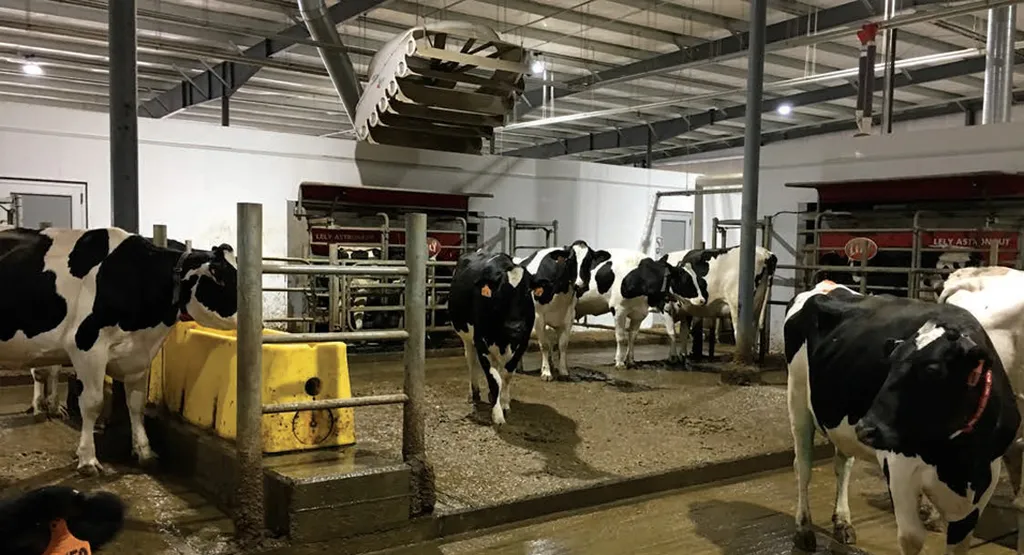In the rolling pastures of Vermont, where farming has long relied on hands-on labor and time-tested methods, a quiet shift is underway. New technologies—from GPS-tracked livestock to automated milking systems—are beginning to reshape how farmers manage their land and animals. While these innovations promise to reduce labor demands, cut costs, and improve efficiency, their adoption raises questions about the balance between tradition and progress in an industry facing mounting pressures.
At Doe’s Leap Farm in East Fairfield, George Van Vlaanderen has traded in his temporary electric fences for a more flexible solution: virtual fencing. With the help of a grant from the Northeast Dairy Business and Innovation Center, his herd of over 40 goats now wears GPS-enabled collars that define their grazing boundaries without physical barriers. Using a smartphone app, Van Vlaanderen maps out paddocks across his farm, transmitting the coordinates to the collars via cellular network. When a goat nears the invisible line, the device emits a warning beep, followed by a mild shock if the animal presses forward. The system is effective enough that even uncollared goats learn to respect the boundary, responding to the audible cues from their herdmates.
The benefits extend beyond convenience. By eliminating the need to manually move and rebuild fences, Van Vlaanderen can rotate his goats more frequently, giving them access to fresher, more nutritious forage. “We can basically identify areas of our farm that have the most palatable and nutritious feed for our goats,” he explained. The result? Healthier animals and, potentially, higher milk yields. Still, the technology isn’t foolproof—some goats have wriggled free of their collars—but Van Vlaanderen remains optimistic about its potential to gain traction among Vermont’s farmers, particularly those managing smaller or more rugged properties where traditional fencing is cumbersome.
While virtual fencing is still a novelty in the state, robotic milking systems have already made inroads on commercial dairy farms. At the University of Vermont’s Dairy Farm, however, the focus remains on hands-on education. Eric Von Wettberg, an agriculture professor, acknowledges the growing appeal of automation—robotic milkers can operate around the clock, reducing labor costs and allowing cows to be milked on their own schedule—but the university has opted to keep its dairy program rooted in conventional practices. “We view it as essential to have a number of students working in our dairy,” Von Wettberg said. For now, the trade-off between efficiency and experiential learning tips in favor of tradition, though he doesn’t rule out integrating some automated elements in the future.
The tension between innovation and heritage isn’t lost on policymakers. Russ Ingalls, chair of the Vermont Senate Agriculture Committee, sees technology as a necessary tool for survival in an industry where the number of farms has been steadily declining. “At the end of the day, we have to figure out what’s going to be best to keep farmers sustainable,” Ingalls said. With rising operational costs, labor shortages, and competition from larger farms in other states, technologies that streamline workflows or improve output could help smaller Vermont operations remain viable. Yet the transition isn’t without challenges. Upfront costs can be prohibitive, and not all farms have the infrastructure—or the inclination—to adopt high-tech solutions.
For now, the adoption of these tools remains piecemeal, driven by grants, curiosity, and necessity. But as more farmers like Van Vlaanderen experiment with innovations that align with their needs, the landscape of Vermont agriculture may gradually evolve. The question isn’t whether technology will play a role in the state’s farming future, but how quickly—and how evenly—it will be embraced.

